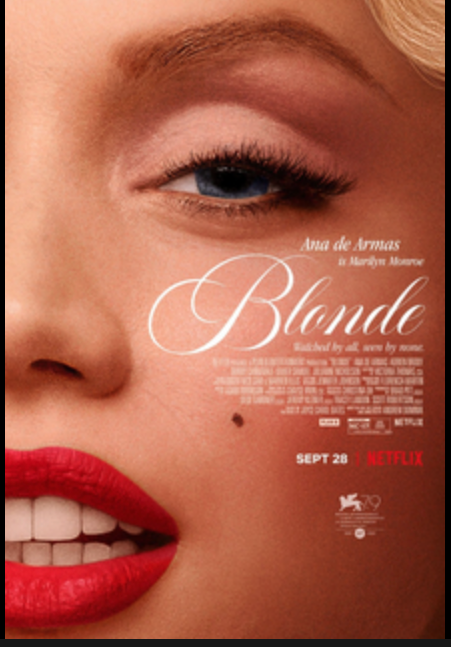Controversy in biopics
As the rise of biographical films made about prominent people in history increases, their transgressions become more apparent. The two major controversies with biopics being made are the refusal to get consent from the celebrities’ estate, and the glamourization of the celebrities’ life. The right of publicity ensures that the rights to use a celebrities’ image will be passed down to the celebrities’ estate once they pass away. This right is taken seriously for famous people who are alive when the film is made. However, when a filmmaker wants to craft something that involves the deceased celebrity, they wouldn’t fully need permission from the celebrity’s estate. Many productions have continued to create and publish films without consent from the person’s estate anyway.
In 2012, a biopic of Nina Simone played by Zoe Saldana was released. While most of the controversy with the movie was the difference in skin tone between the actor and Simone, there had been disputes over the fact that “the project is unauthorized and that her mother’s estate was not asked to participate.” The film depicts the romantic relationship between Nina Simone and her manager, to which Simone’s daughter, Kelly, denied and claimed it was untrue. Simone’s family has also continuously expressed their disapproval of the project mostly since there was little to no resemblance between Saldana and Simone.
The 2019 Best Picture Oscar winner “Green Book,” was met with similar allegations. Dr. Don Shirley’s family accused the movie of misinterpreting Shirley. The movie is about an African-American pianist who is going on tour but is in need of a driver. So he hires an Italian-American bouncer and throughout the movie they form a strong bond and while confronting racism during the segregation era. Shirley’s brother, Maurice Shirley, called the movie a “symphony of lies.” He states that the movie is filled with false information about his and his family’s relationship with his brother. Shirley’s nephew, Edwin Shirley, claimed that Shirley himself disapproved of the idea of creating a movie about his life.
There are many other issues with biopics other than disinformation. In the recent depiction of Marylin Monroe’s life based on a work of fiction —Blonde by Joyce Carol— many critics claimed that the film was exploitative, sexist and was made only for profit. They also believed that Monroe was illustrated as nothing more than a victim and that the film lacked the ability to show her personality, intelligence or any depth to her all besides her mistreatments. Others allege that the whole film was just a “necrophiliac entertainment [used] to exploit her.” Many scenes were extremely gratuitous and it was apparent to most critics that they were used for entertainment purposes and shock value. The portrayal of sexual assault that Monroe experienced lacked the emotional perspective of Monroe and instead emphasized the sexual manner of the scene. Researcher Steph Herold, who is studying abortion in TV, had lots of opinion on the film, claiming, “[Blonde] is so anti-abortion, so sexist, so exploitative[…] Do not watch.”
In the end, the manner in which biopics are made will likely not change anytime soon since the public continues to be engrossed by them despite its falsity or exploitation of the celebrity. The film Blonde had a budget of twenty-two million dollars, which some have said was too much compared to the finishing results of the film.
Hi!! I'm Betel. I am a junior and have been apart of Wildezine for two years now. I like to write contemporary and cultural pieces.






